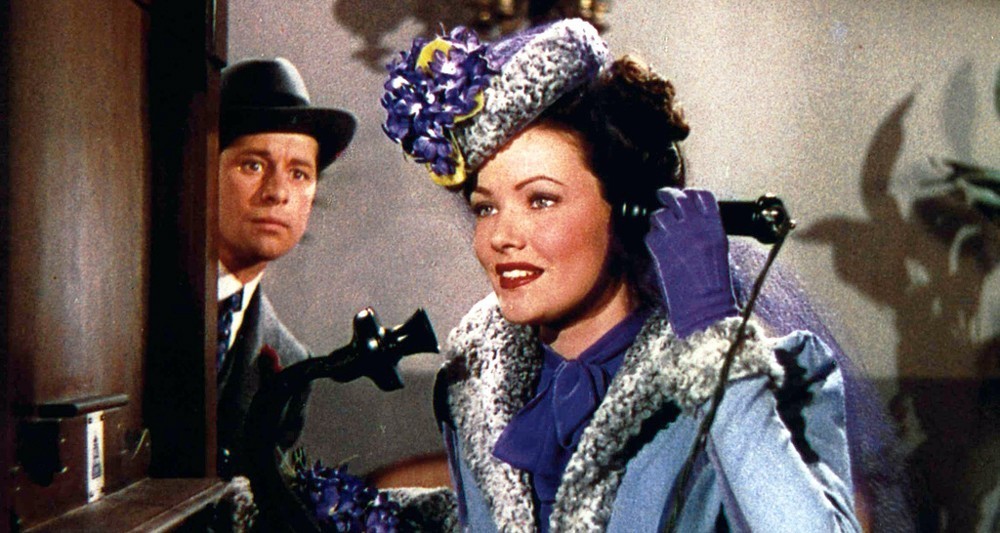Dick
Senior HTF Member
- Joined
- May 22, 1999
- Messages
- 9,937
- Real Name
- Rick
Does anyone have or has anyone seen this to tell me if it is another in the long string of Technicolor/color Blu-ray's from Fox to completely mess it up with that teal crap (sorry, Bruce)? The trailer on the IMDB site looks like they may have...the supposedly white shirts are all blue! This would, of course, be a deal-breaker for me!






